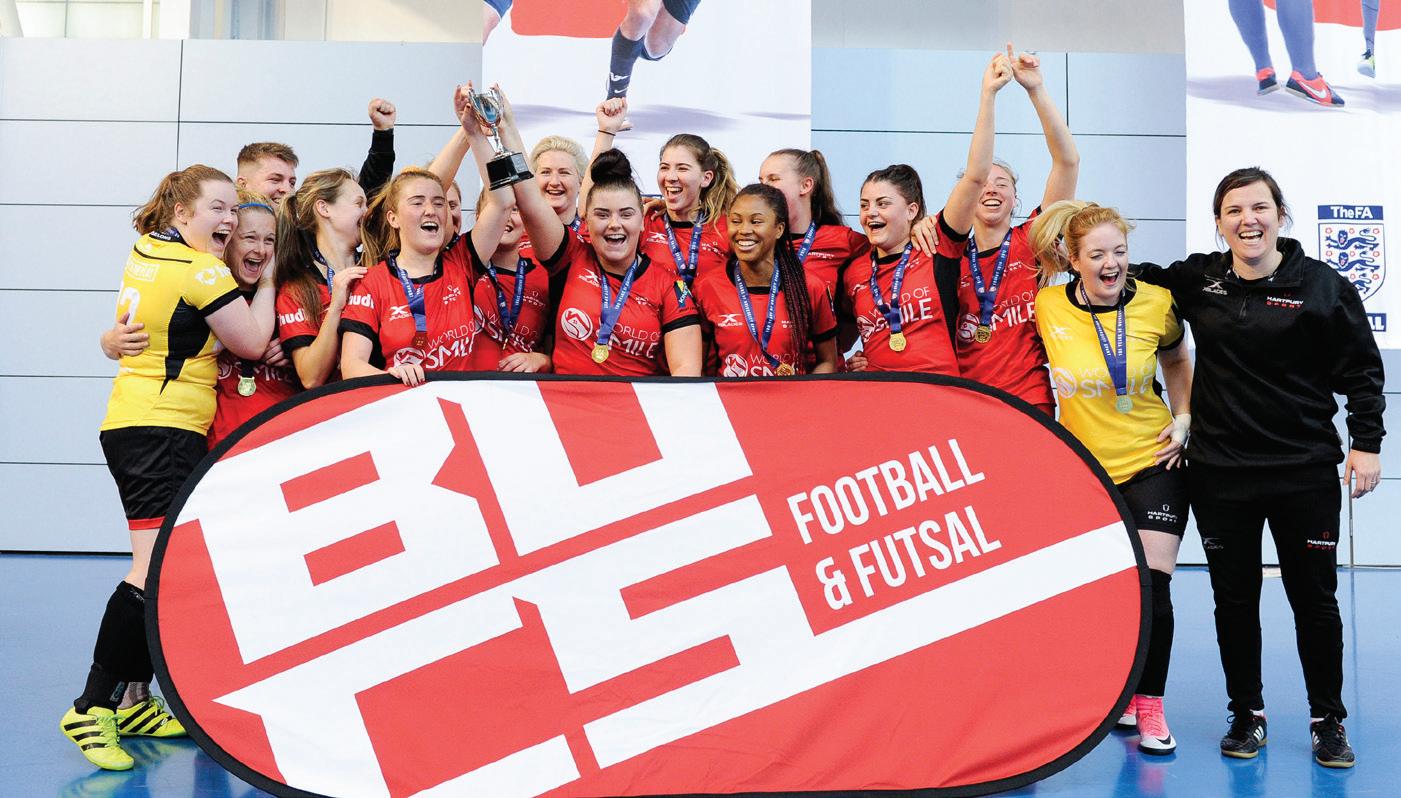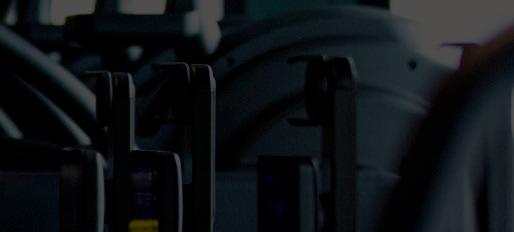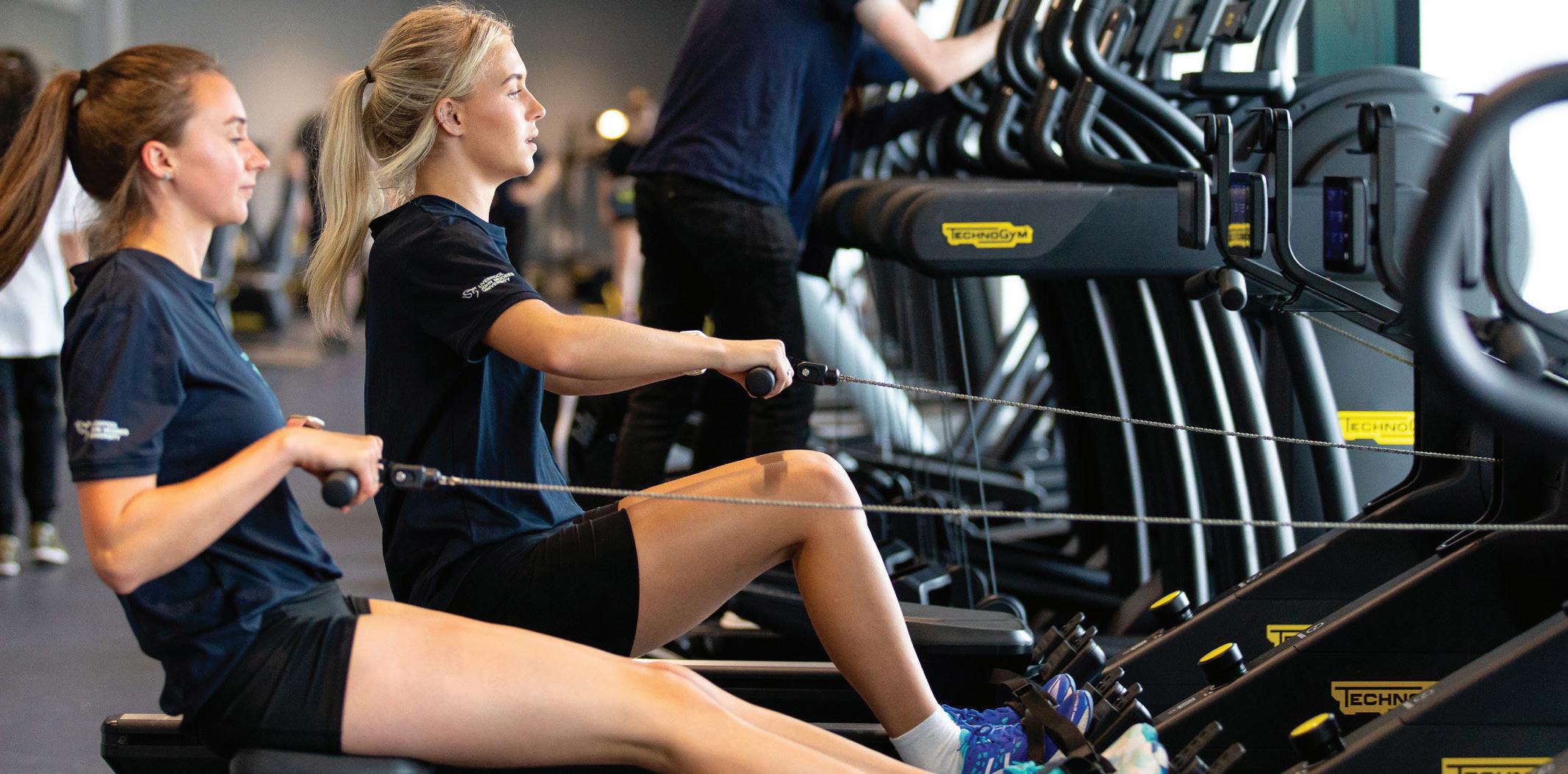
3 minute read
Higher Education sport
Bouncing back in higher education
A report compiled in partnership by British Universities & Colleges Sport (BUCS) and fitness equipment specialist Technogym has offered insight into the state of higher education sport and physical activity in a post-pandemic world
Advertisement
British Universities & Colleges Sport (BUCS) invited a panel of higher education representatives to discuss the status of sport and physical activity in the sector. The resulting whitepaper – published in partnership with equipment supplier Technogym – has been designed to open up discussion and play a part in guiding the sector to a strong recovery so that it can continue to serve the needs of students, staff and the wider communities.
PANDEMIC IMPACT
The paper shows that the impact of lockdowns have had far-reaching effects on higher education staff and students. Entire sports facilities have sat unused, many of them representing significant new investments for the university. The pandemic
BUCS provides institutions competitive sport and other physical activity opportunities
also had an obvious impact on student routines and mental wellbeing, with first- and second-year students spending much of their academic life, so far, unable to access formal or informal sports opportunities.
“As higher education institutions welcome students back on site, we can’t forget that these young people have had an unprecedented two years,” the report states.
“At the start of the current academic year (2021-22), most second year students hadn’t spent any time in person with their peers or staff, and first years may not even have spent time at college for their A-levels. Higher education institutions should put measures in place to deal with the impact on their social skills, emotional health and confidence.”
Staff, too, have been severely impacted by COVID-19, with a stark divide noted between those furloughed and those working through lockdown. The challenges continue, with many preferring to continue hybrid working.
HEALTHY DEMAND
The BUCS report found that the appetite for recreational and competitive sport, however, is “clearly there”, even among students who have spent much of the last two years isolated from activity and social interaction. Unfortunately, COVID-19 continues to have an impact on the running of higher education sport and physical activity.
Many higher education institutions now offer first-class fitness and physical activity facilities for students and staff

For example, students at De Montfort University in Leicestershire – the region that endured the longest lockdowns in England – only had four weeks of formal sport access in 2020. The impact of this can be seen in De Montfort’s budget cuts, recruitment challenges, and knock-on effects on facilities and timetabling.
University of Stirling, meanwhile, observed an interesting split in student responses to membership fees for the university gym, which were increased when the new facilities were opened. Third- and fourthyear students gave feedback that it was too expensive, but first- and second-year students questioned if they needed to pay more. The students who have not been on campus and have perhaps experienced the worst effects of lockdown are quicker to see the value of enhanced facilities.

IDENTIFYING THE ACTIONS
The report highlights and recommends a central theme around six key actions to consider and market when it comes to the wellbeing lifestyle of higher education. These six key actions outlined for those working in HE sport are: ● Increase memberships
Promote and highlight sports facilities to showcase how they support overall wellbeing ● Provide new opportunities
Interact with students – advertise newer sports programmes outside the traditional ones ● Connect through digital
Look at apps to engage and connect with students and staff and observe their exercise habits ● Collaborative partnerships
Utilise key partners and organisers to support overall wellbeing message ● Community engagement
Work collaboratively with public health sectors and encourage them to publicise the facility offering ● Building solutions for sta
Offer a flexible working environment and develop staff to help grow and retain them, improving their wellbeing.
For more information (and to download the white paper), see: https://www.technogym. com/land/en/bucs-whitepaper-hcp/ ●










